What’s the one quality you need to be a great scientist? Intelligence? Diligence? If you ask Ephraim Greenfield, co-founder of Ophir, he’ll probably tell you it’s a mixture of luck and being willing to just go ahead and try something. We can speculate and theorize until our brains are fried, but sooner or later, you just need to get into the lab, perform an experiment, and see what happens.
When he isn’t at work, Ephraim can be found spending time with his children and grandchildren, doing charity work, traveling, and studying science and religion.
You have had a very broad career history. How did you go from being a student to becoming a laser engineer?
I first studied mathematics in the USA, but I found it too abstract. Then I moved to Israel and studied applied physics at Hebrew University. The subject was focused on lasers. After graduation, I could not find a job so I got together with some colleges and started a company called Ophir. Originally, we made optical coatings at Ophir, before expanding to thermopile laser sensors using coating technology as well as optical elements.
What’s the best aspect of the work you do?
Finding out what customers want and need and helping them get it.
What are some current projects you are working on?
I am working on various things related to high power lasers and additive manufacturing, as well as generally assisting others.
What is the most promising commercial market for laser and light measurement?
So far we have succeeded most in the areas we are already in, i.e. laser measurement. We have had limited success in other areas such as illumination diode measurements, IPL measurement, and distance measurement (Optimet). Our biggest growth area lately has been in high power laser measurement and we should continue investing in that. We also should put effort into laser additive manufacturing that might be a big growth area.
How do you keep up on the latest developments?
Since I see my task mostly as a resource for existing areas of activity, I rely primarily on consulting with my colleagues, but I also read the technical literature.
What are the biggest takeaways from your latest product development/project you were involved in?
Lately, I was involved in things that got neglected, namely areas of high power measurement that are not accurate enough. With others’ help, I greatly improved the linearity of our high power sensors, improved the response time that customers see and widened the specified range of powers at which certain sensors can operate.
As new applications emerge, how is Ophir advancing its laser measurement expertise to keep pace?
We mostly react in response to customers’ requests and needs. Maybe we should be doing more proactively.
What do you like most about Ophir’s in-house relationship between concept, design, engineering, production?
So far, we have been able to maintain a lot of interaction between all of the above so that we all benefit from each other and prevent duplication and dead ends.
What are the common questions from customers in your field?
1. I have a problem measuring something easily or properly; I need help.
2. I have two Ophir sensors that do not measure the same value.
3. I need a solution to measure a particular configuration and I do not see it as an off-the-shelf
solution.
What are the most common challenges you see in laser measurement?
The biggest challenge is to understand things from the user's point of view, in order to develop a product
that he really needs and does what he wants – from his point of view.
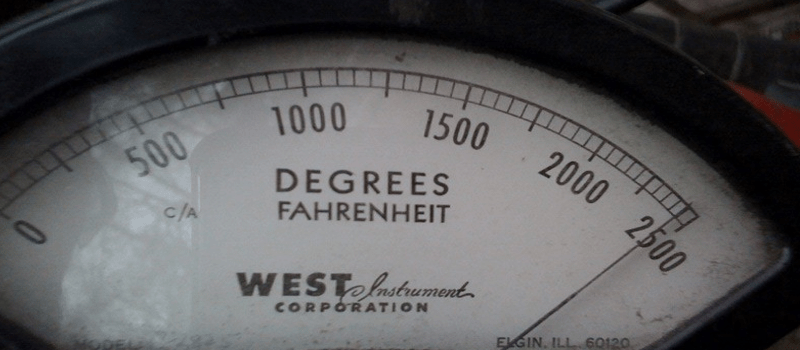
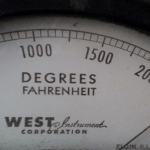
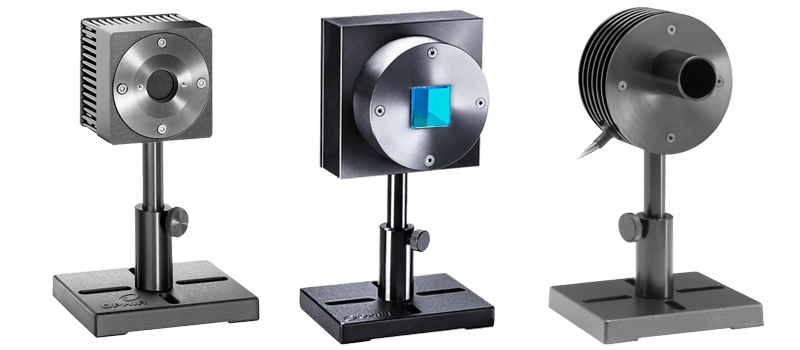
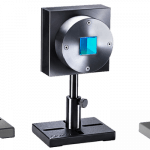

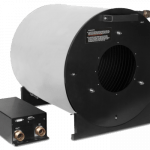
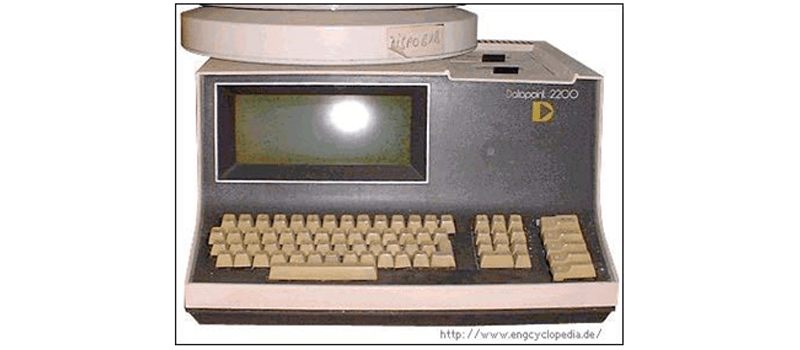
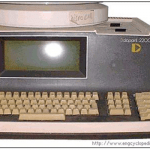
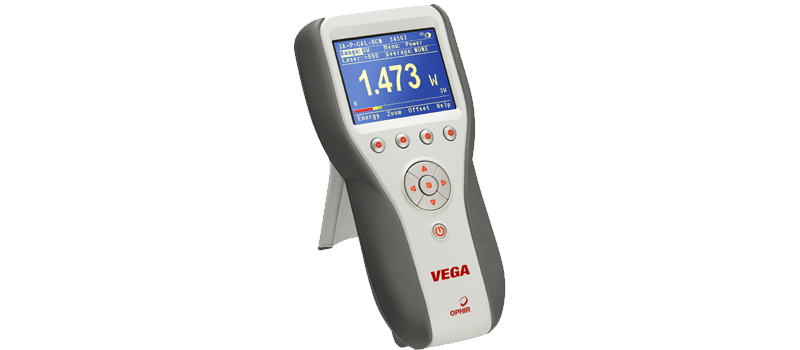
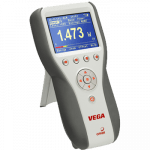
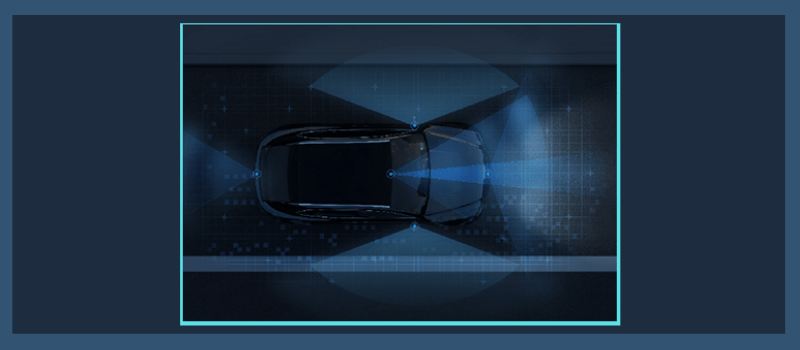

Leave a Reply
Your email address will not be published. Required fields are marked *